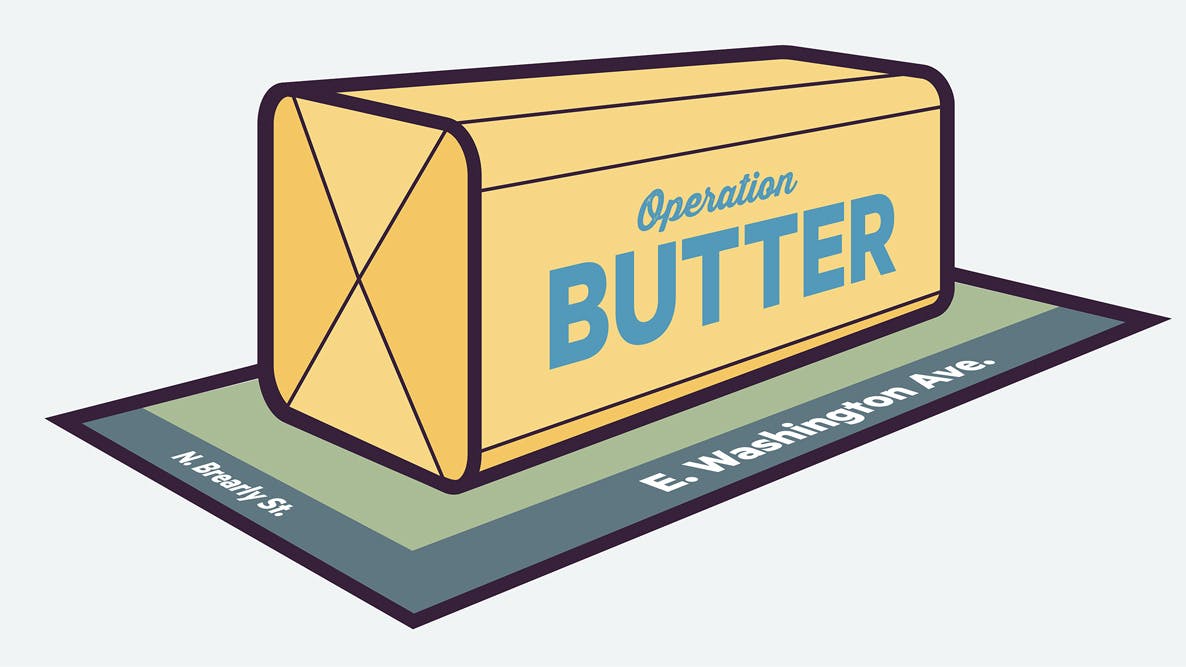Navigating the New: 5 Best Practices
Change brings excitement, anxiety and lots of questions. Here are five best practices for managing change in an organization.
Navigating the New: 5 Best Practices
Let's build something together.
Stop Design Thinking From Becoming 'Innovation Theater'
Too many times design thinking projects fall victim to the trappings of innovation theater. Here's how not to let that happen.
Read more
Inspiration Index 10-13-20
Since Covid, "water cooler" chats at Delve's three offices are now largely happening on Microsoft Teams, where we're sharing what we're reading and listening to with each other. We're compiling some of the best nuggets into what we're calling an "Inspiration Index," that we'll share on a bi-weekly basis. We hope you discover something that will inspire - or at least intrigue - you.
Read more
How to Make Way For Radical Innovation
Before starting on an innovation strategy, decide which type you're chasing: Incremental, disruptive, or radical innovation. Each requires a unique approach.
Read more
10 steps to help combat design tunnel vision
Have you ever been given a physical tool to help you complete a task when what you really needed was information or support?
Read more
My business is going to the dogs…
I drafted our very own “common sense/common courtesy” dog policy. I’m sharing it below in case it helps illuminate a path for any other small business owners grappling with this same issue.
Read more
We're packing the boxes
We're getting ready to move in August to our new Madison headquarters.
Read more
